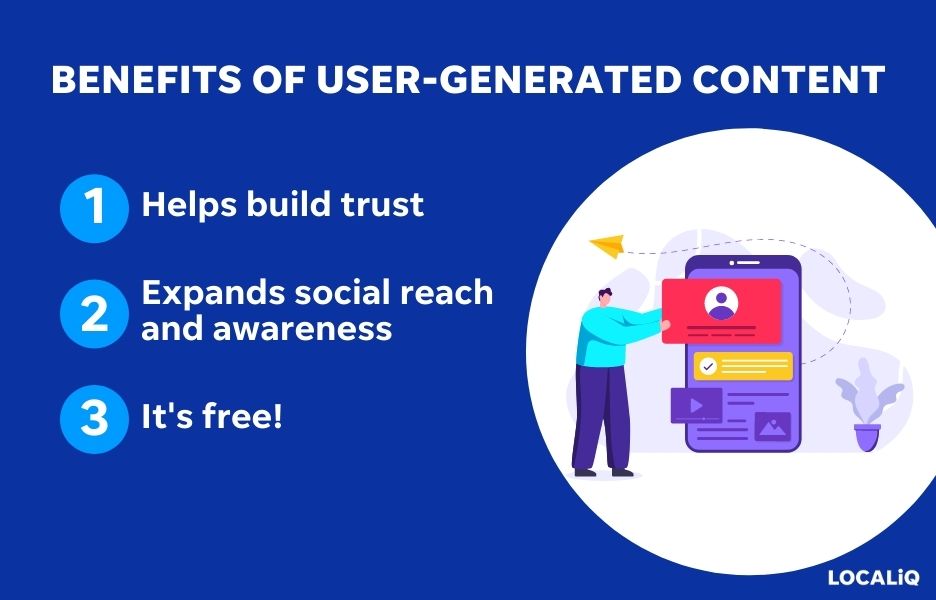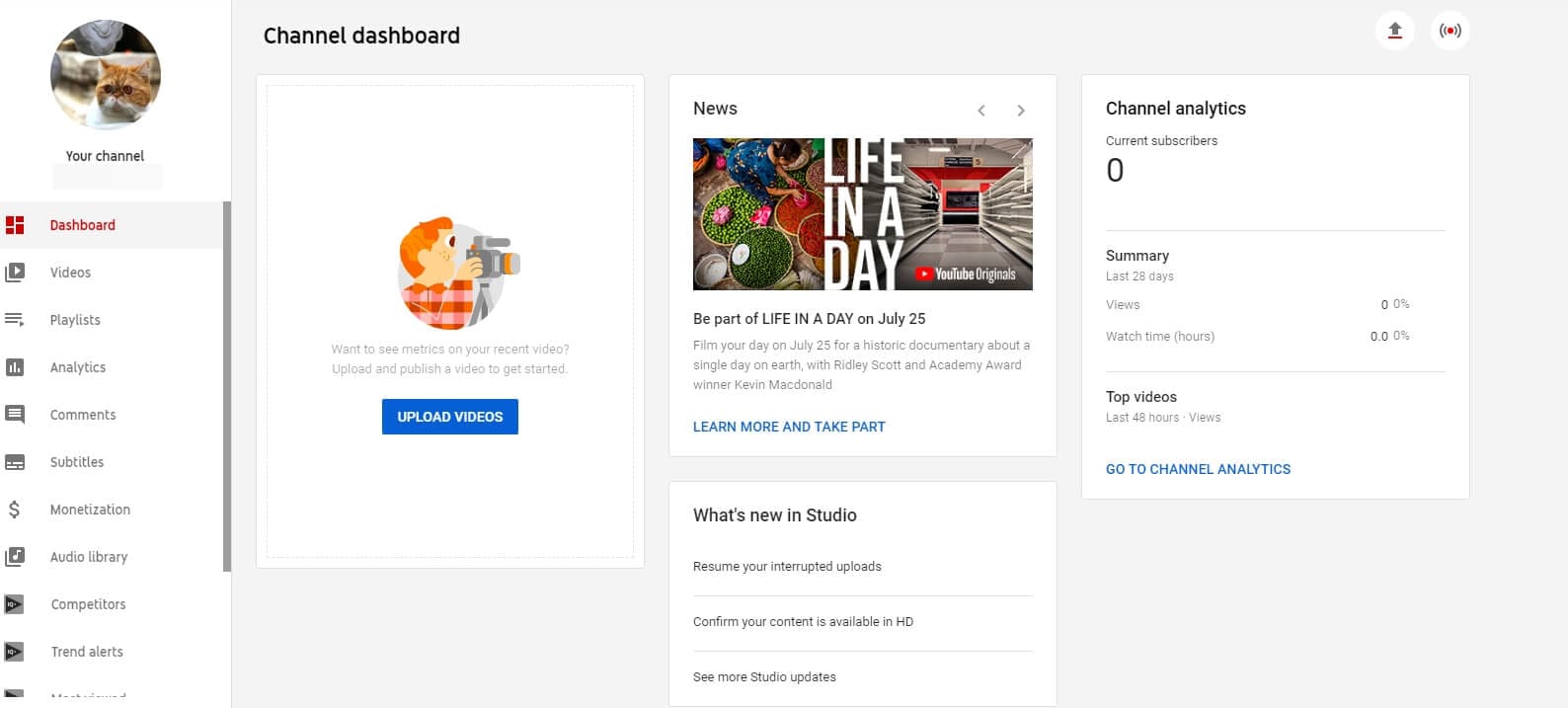What’s Behind the Massive Volume of YouTube Videos?
YouTube, the world’s largest video-sharing platform, has revolutionized the way we consume and interact with online content. With billions of hours of video content available, it’s no wonder that the platform has become an essential part of modern life. But have you ever wondered how many videos are uploaded to YouTube daily? The answer is staggering. According to recent estimates, over 500 hours of video content are uploaded to YouTube every minute, which translates to over 720,000 hours of video content daily. This raises an important question: what’s behind the massive volume of YouTube videos?
To understand this phenomenon, it’s essential to consider the factors driving the growth of user-generated content on YouTube. The platform’s ease of use, vast audience, and monetization opportunities have made it an attractive option for creators looking to share their ideas, showcase their talents, and build their personal brands. Additionally, the rise of smartphones and advancements in video editing software have democratized video creation, enabling anyone with a smartphone to produce high-quality content.
The sheer volume of videos uploaded to YouTube daily has significant implications for the online video landscape. It has created new opportunities for creators to reach a global audience, build communities, and earn revenue from their content. However, it also presents challenges, such as increased competition for views, engagement, and monetization. As the platform continues to evolve, it’s crucial to understand the dynamics driving the growth of YouTube videos and the opportunities and challenges that come with creating content on the platform.
So, how many videos are uploaded to YouTube daily? While the exact number is difficult to quantify, it’s clear that the platform is experiencing unprecedented growth. As we delve deeper into the world of YouTube video uploads, it’s essential to consider the factors driving this growth and the implications for creators, viewers, and the online video landscape as a whole.
How YouTube’s Algorithm Handles the Influx of New Content
YouTube’s algorithm plays a crucial role in processing and ranking the vast number of videos uploaded daily. With millions of hours of content being uploaded every day, the algorithm must efficiently sort, categorize, and prioritize videos to ensure users see relevant and engaging content. So, how does YouTube’s algorithm handle the influx of new content?
The algorithm uses a combination of factors to determine video visibility and engagement. These factors include video title, description, tags, thumbnails, watch time, engagement metrics (likes, comments, shares), device and playback location, and audience retention. The algorithm also considers the user’s viewing history, search queries, and preferences to provide personalized video recommendations.
When a new video is uploaded, YouTube’s algorithm performs several tasks to ensure it reaches the right audience. Firstly, it analyzes the video’s metadata, such as title, description, and tags, to understand its content and context. The algorithm then assesses the video’s quality, including its resolution, audio, and production values. Next, it evaluates the video’s relevance to the user’s search query or browsing history.
YouTube’s algorithm also employs machine learning models to predict user behavior and engagement. These models analyze vast amounts of data, including user interactions, device information, and playback locations, to forecast how users will engage with the video. The algorithm then uses this information to rank the video in search results, recommendations, and playlists.
Furthermore, YouTube’s algorithm takes into account the creator’s past performance, including their video’s engagement metrics, audience retention, and watch time. This helps the algorithm to identify high-quality creators who consistently produce engaging content and reward them with increased visibility.
Understanding how YouTube’s algorithm handles the influx of new content is essential for creators who want to increase their video’s visibility and engagement. By optimizing their video’s metadata, creating high-quality content, and engaging with their audience, creators can improve their chances of success on the platform. As the number of videos uploaded to YouTube daily continues to grow, understanding the algorithm’s inner workings will become increasingly important for creators who want to stand out in a crowded landscape.
The Rise of User-Generated Content: A Key Driver of YouTube’s Growth
User-generated content (UGC) has been a driving force behind YouTube’s growth, with millions of creators uploading videos every day. But what types of content are most popular, and what motivates creators to share their videos with the world?
According to a study by TubeFilter, the most popular types of UGC on YouTube include vlogs, product reviews, tutorials, and gaming content. These types of videos are often created by individuals who are passionate about sharing their expertise, experiences, or hobbies with others. Many creators also use YouTube as a platform to showcase their creativity, whether it’s through music, dance, or art.
So, what motivates creators to upload videos to YouTube? For many, it’s the desire to connect with others who share similar interests. YouTube provides a platform for creators to build a community around their content, engage with their audience, and receive feedback and support. Others may be motivated by the potential to monetize their content through ads, sponsorships, or merchandise sales.
The rise of UGC on YouTube has also led to the creation of new formats and genres, such as ASMR, challenges, and reaction videos. These formats have become incredibly popular, with many creators experimenting with new ideas and styles. The diversity of UGC on YouTube has also led to a more inclusive and representative platform, with creators from all over the world sharing their unique perspectives and experiences.
YouTube’s algorithm has also played a significant role in promoting UGC, with features such as the “Trending” page and “Recommended” videos showcasing popular and engaging content. The platform’s community features, such as comments, likes, and shares, also help to foster engagement and encourage creators to produce high-quality content.
As the number of videos uploaded to YouTube daily continues to grow, it’s clear that UGC will remain a key driver of the platform’s growth. With its vast and diverse community of creators, YouTube provides a unique opportunity for individuals to share their passions, connect with others, and build a global audience.
By understanding the types of content that are most popular and the motivations behind creators’ decisions to upload videos, we can gain a deeper insight into the dynamics of YouTube’s daily video uploads. Whether you’re a creator looking to build your audience or a marketer seeking to leverage the power of UGC, understanding the rise of user-generated content on YouTube is essential for success in the ever-changing world of online video.
What’s the Average Number of Videos Uploaded to YouTube Daily?
Estimating the average number of videos uploaded to YouTube daily is a challenging task, as the platform doesn’t release official figures. However, based on various reports and studies, we can make an educated estimate.
According to a report by TubeFilter, YouTube receives over 500 hours of video content every minute. This translates to approximately 720,000 hours of video content uploaded daily. Assuming an average video length of 10 minutes, this would mean around 72,000 videos are uploaded to YouTube every day.
Another study by Influencer Marketing Hub estimates that YouTube receives around 100,000 to 200,000 video uploads daily. This estimate is based on data from YouTube’s own reports and industry trends.
It’s worth noting that these estimates may vary depending on the source and methodology used. However, they do provide a rough idea of the massive volume of videos uploaded to YouTube daily.
So, how does YouTube handle this massive influx of content? The platform uses a combination of human moderators and AI-powered algorithms to review and categorize videos. This process helps to ensure that videos meet YouTube’s community guidelines and are properly indexed for search.
Understanding the average number of videos uploaded to YouTube daily can help creators and marketers better navigate the platform. By knowing the scale of content being uploaded, creators can adjust their strategies to increase their video’s visibility and engagement.
Additionally, understanding the volume of content on YouTube can help marketers and advertisers make informed decisions about their online video marketing strategies. By knowing the types of content that are most popular and the volume of content being uploaded, marketers can create more effective campaigns that reach their target audience.
In conclusion, while the exact number of videos uploaded to YouTube daily is difficult to determine, estimates suggest that it’s in the tens of thousands. By understanding the scale of content on YouTube, creators and marketers can make more informed decisions about their online video strategies and increase their chances of success on the platform.
How to Increase Your Video’s Visibility in a Crowded YouTube Landscape
With millions of videos uploaded to YouTube daily, increasing your video’s visibility can be a daunting task. However, by employing the right strategies, you can improve your video’s chances of success on the platform.
Optimization is key to increasing your video’s visibility on YouTube. This includes using relevant keywords in your video title, description, and tags. Conduct thorough keyword research to identify the most relevant and high-traffic keywords for your content. Use tools like Google Keyword Planner, Ahrefs, or SEMrush to find the best keywords for your video.
Thumbnails are also crucial in grabbing viewers’ attention. Create eye-catching, high-quality thumbnails that accurately represent your content. Use bright colors, bold text, and relevant images to make your thumbnail stand out.
Engagement is another critical factor in increasing your video’s visibility. Encourage viewers to like, comment, and share your video by asking questions, hosting Q&A sessions, or creating interactive content. Respond to comments and engage with your audience to build a loyal following.
Collaboration is also an effective way to increase your video’s visibility. Partner with other creators, influencers, or brands to reach new audiences. Collaborate on content, host joint live streams, or participate in podcasts to expand your reach.
Consistency is also essential in maintaining a strong online presence. Regularly upload high-quality content to keep your audience engaged and coming back for more. Use a content calendar to plan and schedule your content in advance.
YouTube Analytics is also a powerful tool in understanding your video’s performance. Use Analytics to track your video’s views, engagement, and earnings. Analyze your data to identify areas for improvement and adjust your strategy accordingly.
Finally, promote your video on social media platforms, forums, and blogs to reach a broader audience. Share your video on Facebook, Twitter, Instagram, and LinkedIn to drive traffic to your YouTube channel.
By implementing these strategies, you can increase your video’s visibility in a crowded YouTube landscape. Remember to stay up-to-date with the latest YouTube trends and algorithm changes to ensure your content remains competitive.
As the number of videos uploaded to YouTube daily continues to grow, it’s essential to stay ahead of the competition. By optimizing your video, engaging with your audience, collaborating with other creators, and promoting your content, you can increase your video’s visibility and reach a wider audience.
YouTube’s Monetization Strategies: How Creators Can Earn from Their Videos
YouTube offers several monetization strategies for creators to earn money from their videos. The most popular monetization strategy is the YouTube Partner Program (YPP), which allows creators to monetize their videos with ads.
To be eligible for the YPP, creators must meet YouTube’s requirements, which include having at least 1,000 subscribers and 4,000 watch hours in the past 12 months. Once a creator is accepted into the YPP, they can start earning money from ads displayed on their videos.
Another monetization strategy is AdSense, which allows creators to earn money from ads displayed on their videos. AdSense is a cost-per-click (CPC) program, which means that creators earn money every time a viewer clicks on an ad.
Sponsorships are also a popular monetization strategy for YouTube creators. Brands partner with popular creators to promote their products or services in their videos. This can be a lucrative way for creators to earn money, especially if they have a large and engaged audience.
Merchandise is another way for creators to earn money from their videos. Many creators sell merchandise, such as t-shirts, hats, and other products, to their audience. This can be a great way for creators to earn money and build a loyal following.
YouTube also offers a feature called Super Chat, which allows viewers to pay for their messages to be highlighted in live chat during a live stream. This can be a great way for creators to earn money from their live streams.
Finally, YouTube has a feature called Memberships, which allows creators to offer exclusive content and perks to their loyal viewers in exchange for a monthly fee. This can be a great way for creators to earn money and build a loyal following.
By understanding YouTube’s monetization strategies, creators can earn money from their videos and build a successful career on the platform. Whether it’s through ads, sponsorships, merchandise, or other monetization strategies, creators have many options to choose from.
As the number of videos uploaded to YouTube daily continues to grow, the opportunities for creators to earn money from their videos also increase. By leveraging YouTube’s monetization strategies, creators can turn their passion into a career and build a loyal following.
The Future of YouTube: Trends and Predictions for the Next Generation of Creators
As YouTube continues to evolve, it’s essential to stay ahead of the curve and understand the trends and predictions that will shape the future of the platform. In this section, we’ll explore the current trends and predictions for the next generation of creators.
One of the most significant trends on YouTube is the rise of new formats, such as live streaming, 360-degree videos, and virtual reality (VR) content. These formats offer creators new ways to engage with their audiences and provide immersive experiences that traditional video content can’t match.
Another trend that’s gaining momentum is the use of artificial intelligence (AI) in video creation. AI-powered tools can help creators automate tasks, such as video editing and color correction, and even assist with content creation, such as generating captions and subtitles.
The evolving role of influencers is also a significant trend on YouTube. As the platform continues to grow, influencers are becoming more important than ever, with many brands partnering with popular creators to reach their target audiences.
Additionally, YouTube is placing a greater emphasis on community building and engagement. The platform has introduced features such as Super Chat, Memberships, and Live Streaming, which allow creators to interact with their audiences in real-time and build a loyal following.
Finally, YouTube is also focusing on improving its algorithm to better surface high-quality content and reduce the spread of misinformation. The platform has introduced features such as the “Recommended” section and the “Breaking News” section, which use AI to surface relevant and trustworthy content.
As the number of videos uploaded to YouTube daily continues to grow, it’s essential for creators to stay ahead of the curve and adapt to the changing landscape. By understanding the trends and predictions for the future of YouTube, creators can position themselves for success and build a loyal following on the platform.
Whether you’re a seasoned creator or just starting out, it’s essential to stay up-to-date with the latest trends and predictions on YouTube. By doing so, you can ensure that your content remains relevant and engaging, and that you’re able to build a loyal following on the platform.
In conclusion, the future of YouTube is exciting and full of possibilities. As the platform continues to evolve, it’s essential for creators to stay ahead of the curve and adapt to the changing landscape. By understanding the trends and predictions for the future of YouTube, creators can position themselves for success and build a loyal following on the platform.
Conclusion: Navigating the Ever-Changing World of YouTube Video Uploads
In conclusion, understanding the dynamics of YouTube’s daily video uploads is crucial for creators, marketers, and anyone interested in the online video landscape. With millions of videos uploaded every day, the platform offers a vast array of opportunities and challenges for those looking to create and share content.
By understanding the factors that influence video visibility and engagement, creators can increase their chances of success on the platform. This includes optimizing their videos for search, engaging with their audience, and leveraging the power of user-generated content.
Additionally, YouTube’s monetization strategies offer creators a range of ways to earn money from their videos, from the Partner Program to sponsorships and merchandise sales. By understanding these strategies, creators can turn their passion into a career and build a loyal following on the platform.
As the platform continues to evolve, it’s essential to stay ahead of the curve and adapt to the changing landscape. This includes understanding the latest trends and predictions for the future of YouTube, from the rise of new formats to the impact of AI on video creation.
Ultimately, navigating the ever-changing world of YouTube video uploads requires a deep understanding of the platform’s dynamics and a willingness to adapt and evolve. By following the tips and strategies outlined in this article, creators can increase their chances of success and build a loyal following on the platform.
As the number of videos uploaded to YouTube daily continues to grow, the opportunities and challenges for creators will only continue to increase. By staying ahead of the curve and understanding the dynamics of the platform, creators can unlock the secrets of YouTube’s daily video uploads and achieve success in the ever-changing world of online video.







